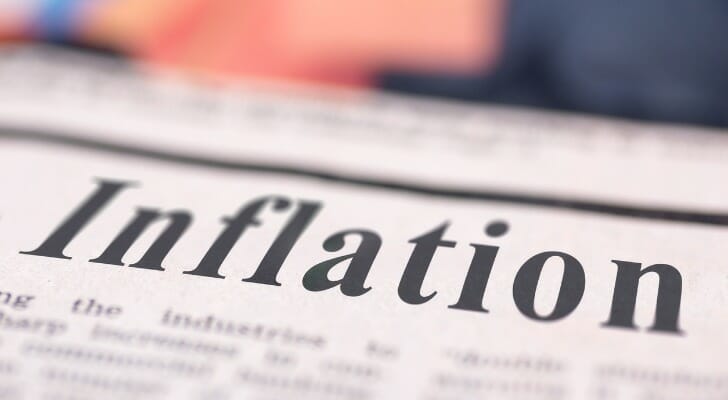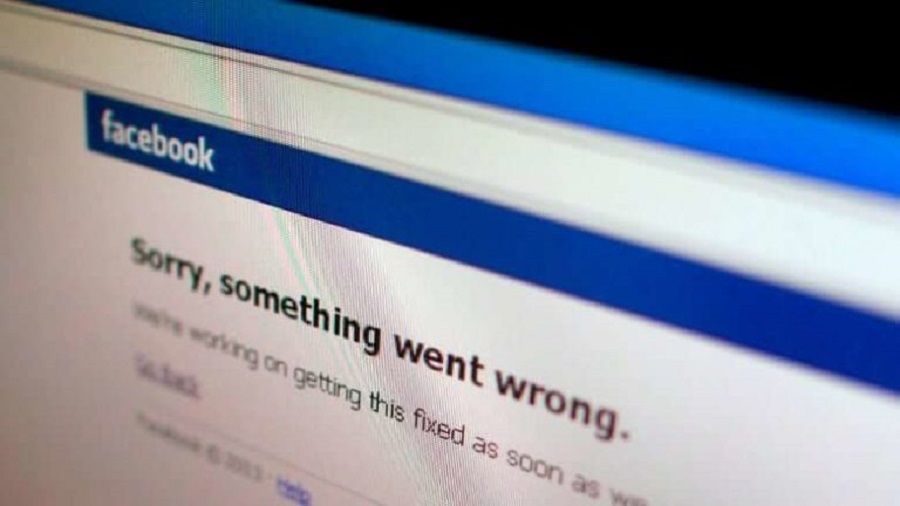The top of the year is always a very busy time for me. As with most tax accountants, auditors and advisors of all kinds who work in the wonderful world of finance the first three months of any year is spent swamped either sifting through earnings statements, looking at numbers or talking on the phone with clients identifying potential areas of opportunity and risk.
What has kept me busiest over the past several weeks is having to explain inflation in depth to people who are noticing a shift in their portolfio numbers. Many really have no idea. They assume it means the price of everything goes up. In layman’s terms? Yes. But it’s much deeper than that.
When it comes to inflation it is important to know that it does not discriminate. There is no perfect playbook that exist for how to invest in a high inflation world. And, while there are areas of the market that hold up better than others and the buy-and-hold strategy is one that has worked for years; no one is completely insulated from its reach. It is extremely important to know the role the banking system plays in inflation. There is no such thing as an endless supply of money that can be printed to whomever needs or wants it without consequence. There is a fractional reserve banking system in place. When interest rates are low, individuals and businesses tend to demand more loans. Each bank loan increases the money supply in a fractional reserve banking system. According to the quantity theory of money, growing money supply increases inflation. Thus, low interest rates tend to result in more inflation.
There is also a role private bankers and international markets play in it. You must know about the macroeconomic variables that effects the performance of the financial sectors across the world. Right now, merging market and developing countries are experiencing inflation at rates not seen since 2011. Central banks have responded; Brazil, Mexico, and Russia are among the countries where monetary policymakers raised policy rates and what does this effect? The cost of borrowing. The higher cost of borrowing affects more of those living paycheck to paycheck which happens to be the case for millions of families which can pose extremely challenging situations.
Lastly, when it comes to inflation you must understand the wealth distributional consequences as well as the social consequences that follows and how it impacts your life and that of your family.
Know that the economic model in this country is shifting. Know that due to the dollar not being worth what it was 70 years ago the new model is ushering in a new price value system.




